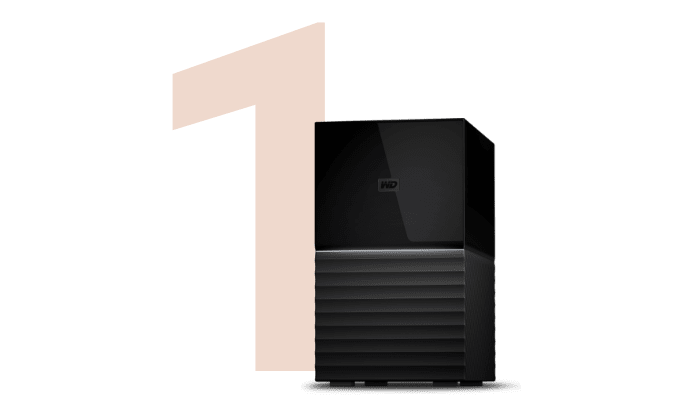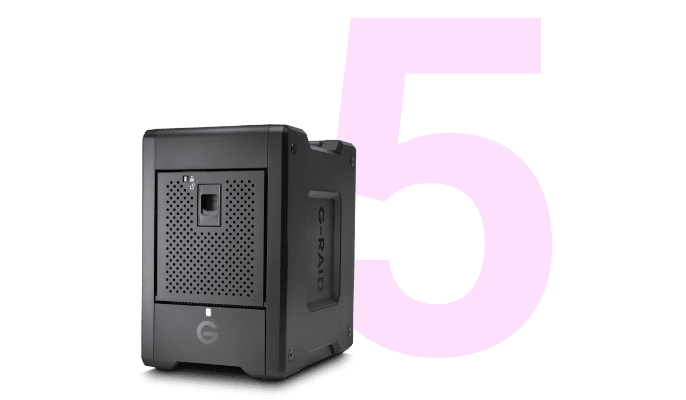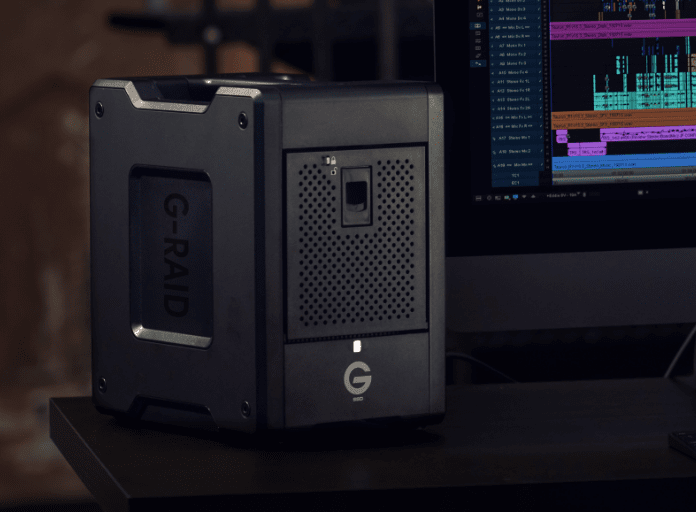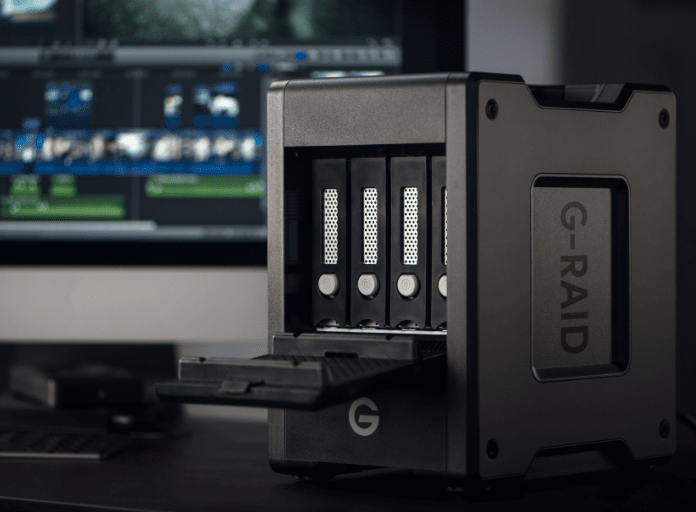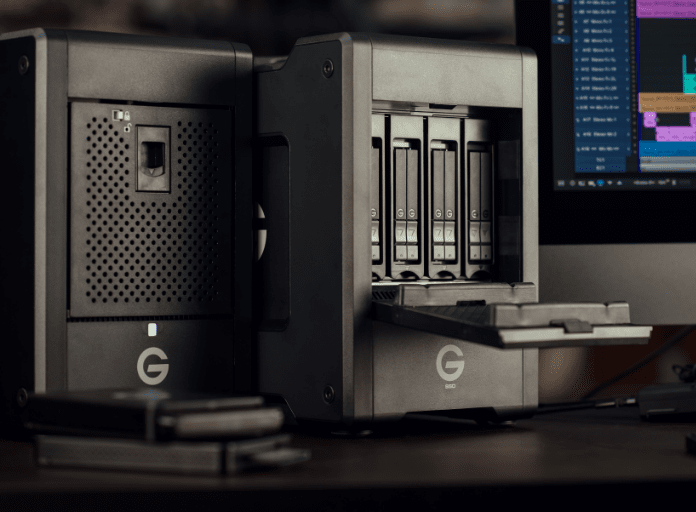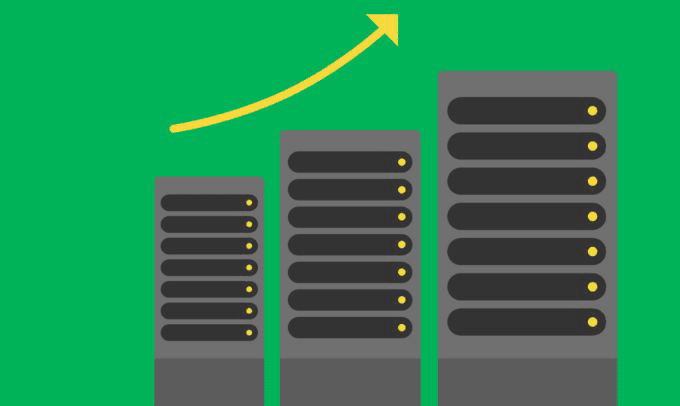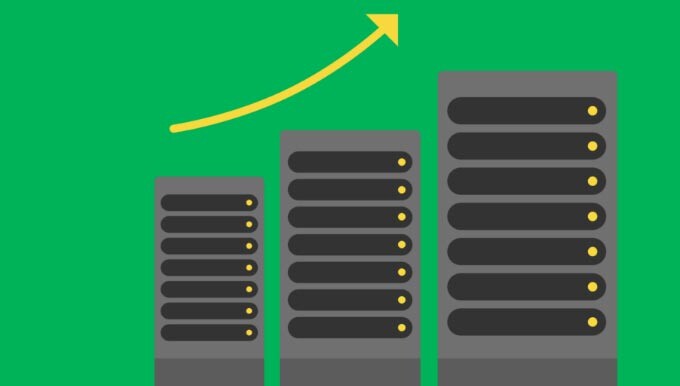Επισκόπηση
Αποθήκευση RAID
Αποθήκευση που ταιριάζει στις ειδικές ανάγκες σας για απόδοση του συστήματος, βελτίωση του πλεονασμού των δεδομένων, ή και τα δύο.
Τι είναι η αποθήκευση RAID;
Το RAID – ή Redundant Array of Independent Disks (Πλεονάζουσα συστοιχία ανεξάρτητων δίσκων) – είναι ένας τύπος αποθήκευσης που εγγράφει δεδομένα σε πολλές μονάδες δίσκου στο ίδιο σύστημα. Οι διαφορετικές διαμορφώσεις εκφράζονται ως αριθμοί, όπως RAID 0, RAID 1 ή RAID 5. Κάθε τύπος RAID προσφέρει στους χρήστες διαφορετικά πλεονεκτήματα — αυξημένη απόδοση, μεγαλύτερη ανοχή βλαβών ή συνδυασμό και των δύο — ανάλογα με τον τρόπο εγγραφής και διανομής των δεδομένων σας.
Επαγγελματική απόδοση
Αποκτήστε την απόδοση και την προστασία που χρειάζεστε για δημιουργικές ροές εργασιών υψηλών απαιτήσεων δεδομένων.
Ισχύς παραγωγής
Οι λύσεις RAID μπορούν να διαμορφωθούν για τις πιο απαιτητικές χρήσεις, όπως οι επείγουσες με υψηλές απαιτήσεις δεδομένων ροές εργασιών μετά τη λήψη.
Με υποστήριξη cloud
Ο χώρος αποθήκευσης RAID με δυνατότητα cloud μπορεί να είναι ιδανικός τόσο για επαγγελματίες όσο και για οικιακούς χρήστες που θέλουν να έχουν πρόσβαση στα δεδομένα τους από οπουδήποτε.
Ανοχή βλαβών
Το RAID μπορεί να προσφέρει υψηλή προστασία και πλεονασμό δεδομένων, όποτε ο χρόνος λειτουργίας και η διαθεσιμότητα συνιστούν σημαντικές ανάγκες.
Κατανόηση των διαμορφώσεων RAID
Μάθετε περισσότερα για τις πιο δημοφιλείς διαμορφώσεις RAID που θα σας βοηθήσουν να κατανοήσετε τις ανάγκες σας, καθώς και να περιορίσετε τις απαιτήσεις σας για απόδοση, προστασία δεδομένων και χωρητικότητα.
| Προσθέτει ταχύτητα | Προσθέτει πλεονασμό | Ελάχ. Απαιτούμενες μονάδες δίσκου | |
|---|---|---|---|
| RAID 0 | ✔ | 2 | |
| RAID 1 | ✔ | 2 | |
| RAID 5 | ✔ | ✔ | 3 |
| RAID 10 | ✔ | ✔ | 4 |
| JBOD και JBOF | 1 |
Επιλογή της σωστής λύσης RAID
Βρείτε το προϊόν RAID που είναι κατάλληλο για εσάς, είτε θέλετε να βελτιώσετε την απόδοση, να μεγιστοποιήσετε τον πλεονασμό δεδομένων, ή και τα δύο.

